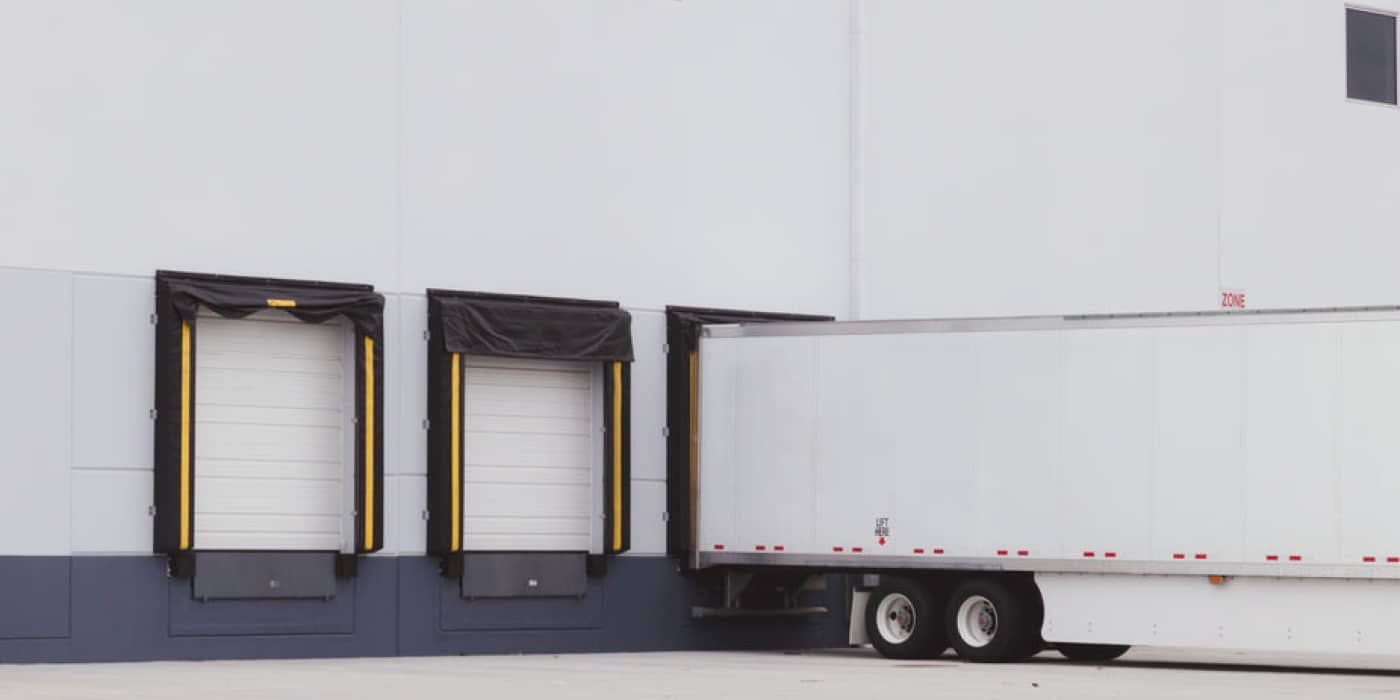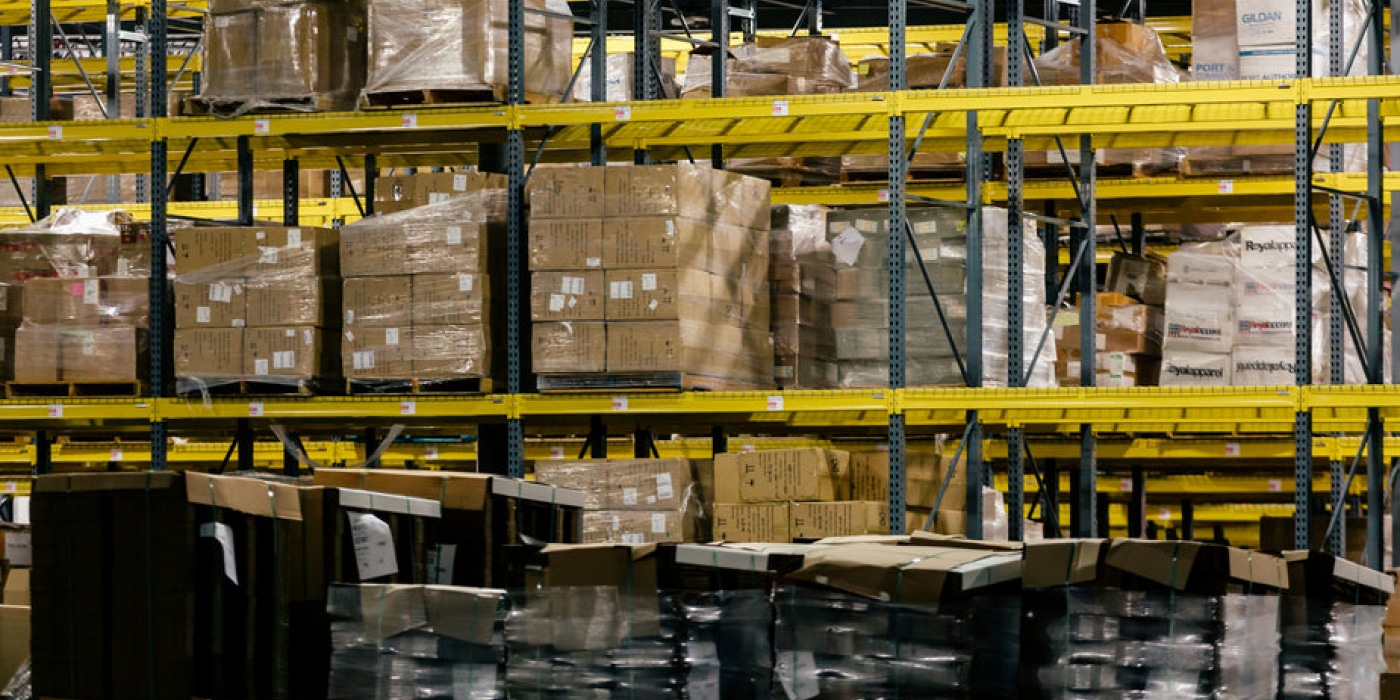Distribution Trends to Monitor in 2024
As we move further into 2024, the world of distribution continues to evolve rapidly to meet the demands of a changing business landscape. The future of distribution will be filled with technological advancements, sustainability imperatives, and a greater emphasis on customer-centricity. These trends are not just reshaping how products are distributed but also redefining the entire supply chain ecosystem.
Here’s a look at some of the top distribution trends expected to shape the industry in 2024.
Digital Transformation
Many distributors are expanding their digital commerce offerings as they continue to shift to accommodate growing digital customers. Distributors are increasing their digital presence through new technology implementation and innovative partnerships. Creating user-friendly eCommerce sites where customers can easily research products, order items, and manage orders can elevate the customer experience by providing greater visibility, convenience, and enjoyable experiences. Increasing online sales are driving the need for robust distribution networks capable of handling larger volumes of smaller orders.
Distributors are utilizing new technologies and digital platforms to manage their supply chains and delivery operations more efficiently. United Natural Foods delivers more than 250,000 natural, organic, and conventional products to more than 30,000 grocers nationwide. In fiscal 2023, United Natural Foods invested $290 million in overhauling its distribution center operations and other technology. In fiscal 2024, the food distributor plans to infuse an additional $400 million into its ongoing digital transformation as the company aims to automate, optimize, and expand its distribution network.

Regional Distribution Networks
Retailers are increasingly shifting from nationwide distribution networks to regional models in order to deliver eCommerce orders faster and speed up store replenishment. Similar to the regionalized model that Amazon recently deployed, Target’s model cuts down the distance goods travel, saving the retailer time and money by enabling it to optimize its network.
Best Buy has been leaning less on its store fleet and more on its distribution centers to ship orders directly to customers. By reducing the shipping volume load at the majority of its stores, Best Buy employees can focus on customer-facing tasks like in-store sales and order pickups. Sam’s Club plans to open two new distribution centers in early 2024 to provide customers with a better shopping experience through faster deliveries and availability of products, both in-store and online.
Rising Automation in Distribution Centers
Distribution centers will increasingly implement automation and robotics in 2024 as companies aim to streamline operations, reduce labor costs, and enhance order accuracy. This includes automated picking, packing, and sorting systems, leading to heightened efficiency and reduced human error. Implementing warehouse automation is a crucial step in increasing worker productivity and safety as robots can carry out physically demanding and repetitive tasks, while workers can focus on more value-adding activities.
Southern Glazer’s Wine and Spirits plans to deploy Symbotic’s AI technology and robotics warehouse automation in select distribution centers. The distribution centers will be equipped with the Symbotic System, an end-to-end automation system with robotic case-picking capabilities. The technology is expected to help the alcohol distributor improve order accuracy and customer service times, while increasing capacity of its existing facilities.

Increased Focus on Last-Mile Delivery
Last-mile delivery is growing substantially and distributors are adapting accordingly. Distribution companies are expanding their same-day delivery services and implementing new technologies to manage their delivery operations more efficiently, enhance the customer experience, and shorten delivery times. Offering same-day delivery services enables distributors to meet customer expectations for fast and reliable delivery. Delivery management technology allows distributors to manage, execute, and track deliveries from a single location, optimize resources, and enhance visibility for all stakeholders across the delivery operation.
Parts Town is expanding same-day delivery of online orders fulfilled from its Parts In Town network of affiliated service companies to more than 125 locations across the United States. The company distributes parts from over 1,100 original equipment manufacturers. Customers can access the online Parts In Town marketplace, where they can search for and select the service company stocking Parts Town inventory closest to their delivery destination.
The distribution trends of 2024 reflect a sector that is adapting to new challenges and opportunities. By embracing technology, focusing on the customer experience, and prioritizing innovation, distributors can better respond to present customer needs, while also paving the way for a more efficient and successful future.
For more information about how our delivery management solution can help you manage your delivery operations more efficiently, please contact info@bringoz.com.
